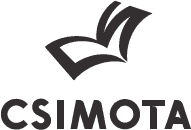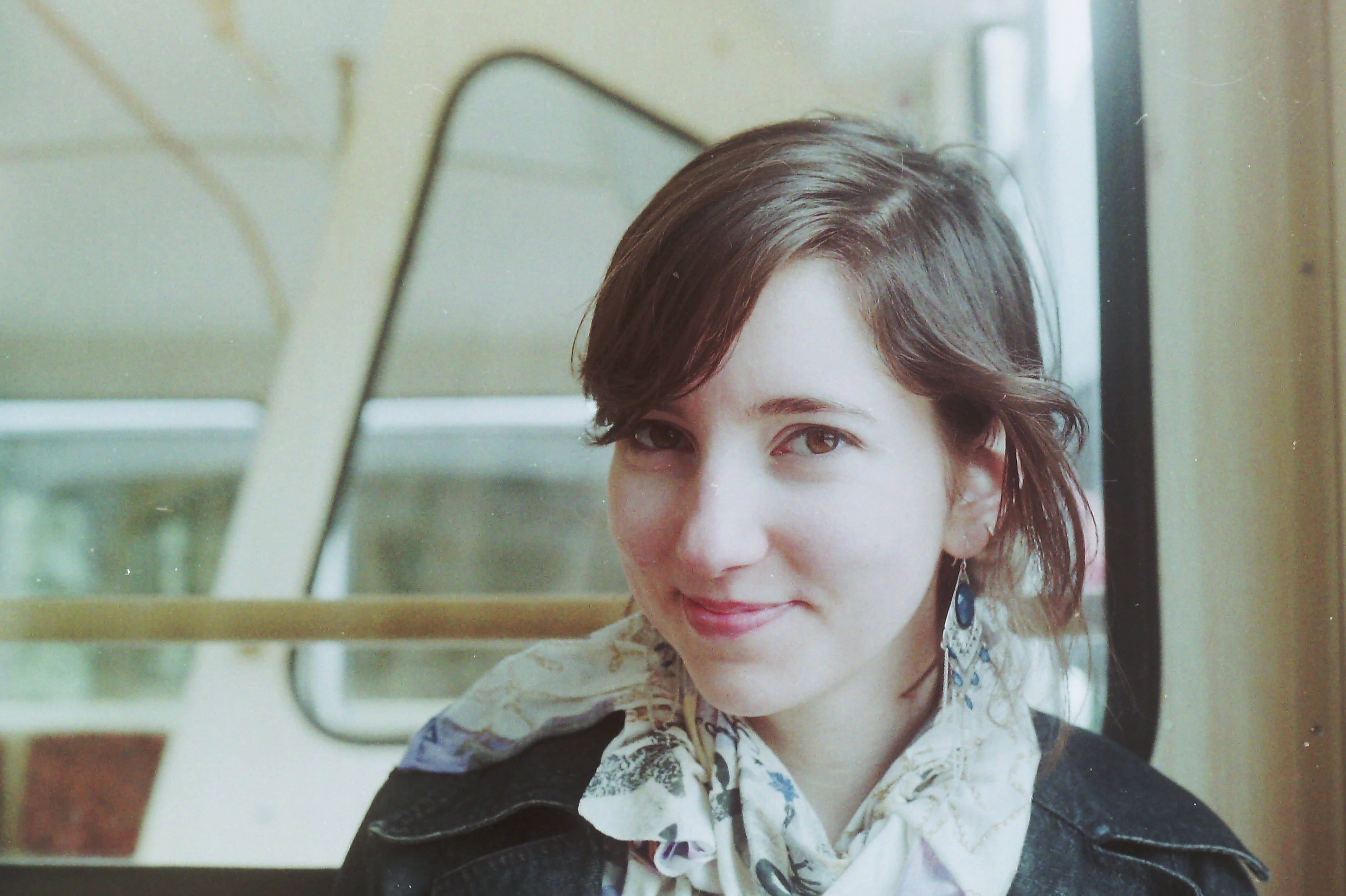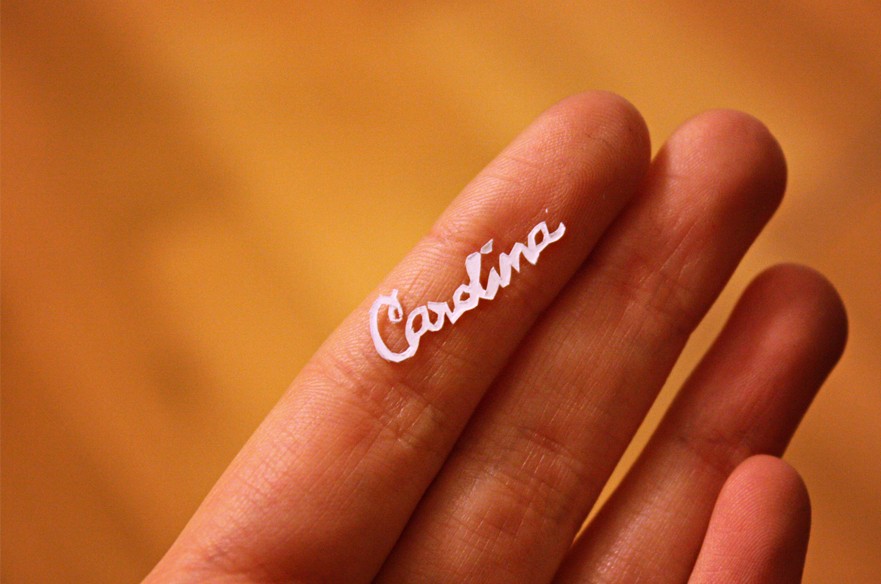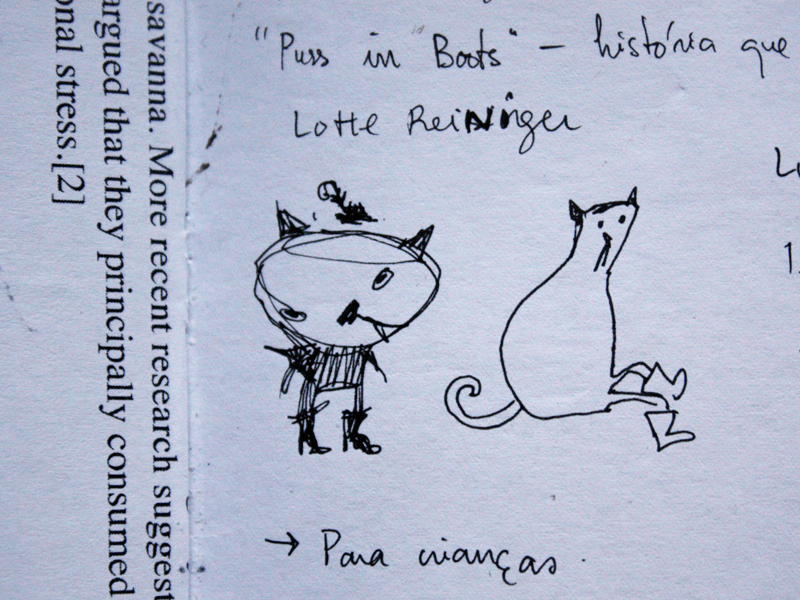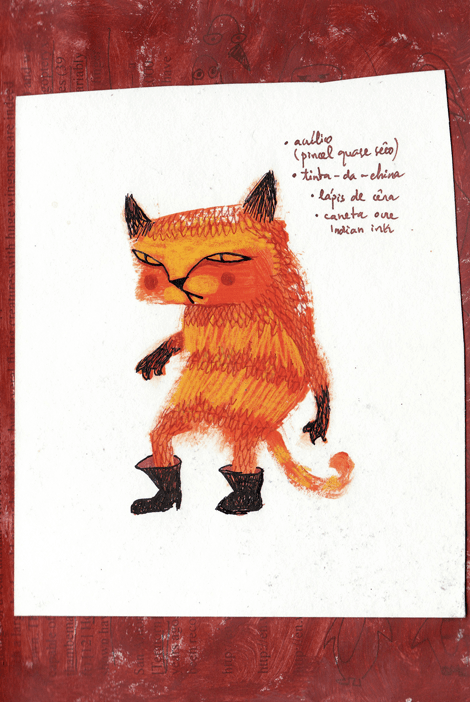Interview with Carolina Búzio illustrator of the Puss in boots
Please introduce yourself in few words, when did you start working as an illustrator?
I have always been interested in the field of Illustration, but I only had the opportunity to truly start developing it further when I lived in Budapest for 8 months as an ERASMUS student. I’m from Portugal and living on my own in a completely different culture, surrounded by different (and beautiful) buildings and people really was an amazing fuel for imagination and creativity…
Were you familiar with the design series of Csimota? What do you think about it?
I was introduced in a class at MOME University and really loved the concept right away… the fact that you can tell a bedtime story (that you probably heard a lot of times in your childhood and probably know it by heart) and be able to tell it on your own way having a visual guide makes the whole series much more than just „eye-candy”! In this case the publishing house approached you with the idea of Puss in boots.
Did you immediately know how to start or do you prefer working on your own subjects?
I don’t mind at all working on subjects that are not mine, in fact, having limitations usually brings me the best ideas because I need to think of a good solution and also make it interesting. The process, however, took a long time… maybe because I still don’t have my „own style” and so I have to explore a lot before I find the right „voice” for it. First began the reading and highlighting the main ideas of the story… then the technique exploration until I found the right one. At the same time I was scribbling sketches and more sketches of the main character and lots of little thumbnail drawings of the layouts for each page! I try to keep these really small and quick. I also tried to keep the originals just a little bit bigger than the final book so that I wouldn’t feel tempted to add a lot of details that would be gone when resizing.
How much instruction were you given, or you could create freely what you have dreamed?
I could create freely what I had imagined but I also asked for feedback from colleagues and the professor, after all, a fresh pair of eyes over your work might show you problems that you couldn’t see were there.
What technique did you use to recreate the story?
My explorations with paper cutting and folding to create a 3D object started in 2009, and after I did a mask in white paper it seemed that the technique would be perfect for the cat’s eyes and nose.. that way it „popped” out of the background and somewhat also made it look like he has something to hide… that he is cunning, one of the main personality traits of the character. I also intended to paint the paper so I did a lot of color tests but after some feedback I decided to go for white paper and play around with the shadows.
Was it very difficult to tell the story in pictures only?
The story assumes a certain order, a narrative when it comes to the storyline.
How much freedom did you have in the making of the story?
This book was a challenge from the beginning… it’s hard to tell a whole story in just a few images, so first I had to read the story well and focus on the main ideas. Then I divided those by the pages I had to illustrate… and of course I had to cut some ideas out or condense them into one single image that could tell two different parts of the narrative. So I could say that it was tricky to start from a classical story that had to be translated into images… without the written text to help them, the pictures are free to represent whatever they want, but that also brings you some problems because you know it has to be clear and readable and people have to understand it just by seeing it… but that just made it more fun! It’s nice to have boundaries and try to push them to the limit.
Did you have a chance to see the other books in the series?
Unfortunately not yet, but as an avid collector of interesting children’s books I can’t wait to see them and take them home (I already have a few from the collection)!
Click, then click again for more Puss in boots
What are you working on at the moment?
Right now I am an intern at Bitteschoen.tv in Berlin, an animation and illustration studio. I have been working mainly in animation, my other passion, but I know I will be always going from one field to the other! I suppose I enjoy telling a story with pictures, and both areas seem to be perfect for that in their own different ways.
Carolina Búzio — Puss in boots (Csizmás kandúr)
A Csimota nagysikerű Design-sorozatának (A három kismalac, Piroska és a farkas, Hófehérke és a hét törpe) negyedik része a CSIZMÁS KANDÚR, melyben ismét öt tehetséges illusztrátor, (Csernus Ági, Stark Attila, Paulovkin Boglárka, Carolina Búzió, Bodonyi Panni) a saját megközelítésében, csak képek által meséli el a világszerte jól ismert mesét. A könyvek különlegessége, hogy mivel mindegyik más-más „nyelven íródott”, ezért az olvasók már eleve a „fordításokat” vehetik a kezükbe.
[konyvlista ids=”407,412,396,403,405″]
Please introduce yourself in few words, when did you start working as an illustrator?
I have always been interested in the field of Illustration, but I only had the opportunity to truly start developing it further when I lived in Budapest for 8 months as an ERASMUS student. I’m from Portugal and living on my own in a completely different culture, surrounded by different (and beautiful) buildings and people really was an amazing fuel for imagination and creativity…
Were you familiar with the design series of Csimota? What do you think about it?
I was introduced in a class at MOME University and really loved the concept right away… the fact that you can tell a bedtime story (that you probably heard a lot of times in your childhood and probably know it by heart) and be able to tell it on your own way having a visual guide makes the whole series much more than just „eye-candy”! In this case the publishing house approached you with the idea of Puss in boots.
Did you immediately know how to start or do you prefer working on your own subjects?
I don’t mind at all working on subjects that are not mine, in fact, having limitations usually brings me the best ideas because I need to think of a good solution and also make it interesting. The process, however, took a long time… maybe because I still don’t have my „own style” and so I have to explore a lot before I find the right „voice” for it. First began the reading and highlighting the main ideas of the story… then the technique exploration until I found the right one. At the same time I was scribbling sketches and more sketches of the main character and lots of little thumbnail drawings of the layouts for each page! I try to keep these really small and quick. I also tried to keep the originals just a little bit bigger than the final book so that I wouldn’t feel tempted to add a lot of details that would be gone when resizing.
How much instruction were you given, or you could create freely what you have dreamed?
I could create freely what I had imagined but I also asked for feedback from colleagues and the professor, after all, a fresh pair of eyes over your work might show you problems that you couldn’t see were there.
What technique did you use to recreate the story?
My explorations with paper cutting and folding to create a 3D object started in 2009, and after I did a mask in white paper it seemed that the technique would be perfect for the cat’s eyes and nose.. that way it „popped” out of the background and somewhat also made it look like he has something to hide… that he is cunning, one of the main personality traits of the character. I also intended to paint the paper so I did a lot of color tests but after some feedback I decided to go for white paper and play around with the shadows.
Was it very difficult to tell the story in pictures only?
The story assumes a certain order, a narrative when it comes to the storyline.
How much freedom did you have in the making of the story?
This book was a challenge from the beginning… it’s hard to tell a whole story in just a few images, so first I had to read the story well and focus on the main ideas. Then I divided those by the pages I had to illustrate… and of course I had to cut some ideas out or condense them into one single image that could tell two different parts of the narrative. So I could say that it was tricky to start from a classical story that had to be translated into images… without the written text to help them, the pictures are free to represent whatever they want, but that also brings you some problems because you know it has to be clear and readable and people have to understand it just by seeing it… but that just made it more fun! It’s nice to have boundaries and try to push them to the limit.
Did you have a chance to see the other books in the series?
Unfortunately not yet, but as an avid collector of interesting children’s books I can’t wait to see them and take them home (I already have a few from the collection)!
Click, then click again for more Puss in boots
What are you working on at the moment?
Right now I am an intern at Bitteschoen.tv in Berlin, an animation and illustration studio. I have been working mainly in animation, my other passion, but I know I will be always going from one field to the other! I suppose I enjoy telling a story with pictures, and both areas seem to be perfect for that in their own different ways.
Carolina Búzio — Puss in boots (Csizmás kandúr)
A Csimota nagysikerű Design-sorozatának (A három kismalac, Piroska és a farkas, Hófehérke és a hét törpe) negyedik része a CSIZMÁS KANDÚR, melyben ismét öt tehetséges illusztrátor, (Csernus Ági, Stark Attila, Paulovkin Boglárka, Carolina Búzió, Bodonyi Panni) a saját megközelítésében, csak képek által meséli el a világszerte jól ismert mesét. A könyvek különlegessége, hogy mivel mindegyik más-más „nyelven íródott”, ezért az olvasók már eleve a „fordításokat” vehetik a kezükbe.
Please introduce yourself in few words, when did you start working as an illustrator?
I have always been interested in the field of Illustration, but I only had the opportunity to truly start developing it further when I lived in Budapest for 8 months as an ERASMUS student. I’m from Portugal and living on my own in a completely different culture, surrounded by different (and beautiful) buildings and people really was an amazing fuel for imagination and creativity…
Were you familiar with the design series of Csimota? What do you think about it?
I was introduced in a class at MOME University and really loved the concept right away… the fact that you can tell a bedtime story (that you probably heard a lot of times in your childhood and probably know it by heart) and be able to tell it on your own way having a visual guide makes the whole series much more than just „eye-candy”! In this case the publishing house approached you with the idea of Puss in boots.
Did you immediately know how to start or do you prefer working on your own subjects?
I don’t mind at all working on subjects that are not mine, in fact, having limitations usually brings me the best ideas because I need to think of a good solution and also make it interesting. The process, however, took a long time… maybe because I still don’t have my „own style” and so I have to explore a lot before I find the right „voice” for it. First began the reading and highlighting the main ideas of the story… then the technique exploration until I found the right one. At the same time I was scribbling sketches and more sketches of the main character and lots of little thumbnail drawings of the layouts for each page! I try to keep these really small and quick. I also tried to keep the originals just a little bit bigger than the final book so that I wouldn’t feel tempted to add a lot of details that would be gone when resizing.
How much instruction were you given, or you could create freely what you have dreamed?
I could create freely what I had imagined but I also asked for feedback from colleagues and the professor, after all, a fresh pair of eyes over your work might show you problems that you couldn’t see were there.
What technique did you use to recreate the story?
My explorations with paper cutting and folding to create a 3D object started in 2009, and after I did a mask in white paper it seemed that the technique would be perfect for the cat’s eyes and nose.. that way it „popped” out of the background and somewhat also made it look like he has something to hide… that he is cunning, one of the main personality traits of the character. I also intended to paint the paper so I did a lot of color tests but after some feedback I decided to go for white paper and play around with the shadows.
Was it very difficult to tell the story in pictures only?
The story assumes a certain order, a narrative when it comes to the storyline.
How much freedom did you have in the making of the story?
This book was a challenge from the beginning… it’s hard to tell a whole story in just a few images, so first I had to read the story well and focus on the main ideas. Then I divided those by the pages I had to illustrate… and of course I had to cut some ideas out or condense them into one single image that could tell two different parts of the narrative. So I could say that it was tricky to start from a classical story that had to be translated into images… without the written text to help them, the pictures are free to represent whatever they want, but that also brings you some problems because you know it has to be clear and readable and people have to understand it just by seeing it… but that just made it more fun! It’s nice to have boundaries and try to push them to the limit.
Did you have a chance to see the other books in the series?
Unfortunately not yet, but as an avid collector of interesting children’s books I can’t wait to see them and take them home (I already have a few from the collection)!
Click, then click again for more Puss in boots
What are you working on at the moment?
Right now I am an intern at Bitteschoen.tv in Berlin, an animation and illustration studio. I have been working mainly in animation, my other passion, but I know I will be always going from one field to the other! I suppose I enjoy telling a story with pictures, and both areas seem to be perfect for that in their own different ways.
Carolina Búzio — Puss in boots (Csizmás kandúr)
A Csimota nagysikerű Design-sorozatának (A három kismalac, Piroska és a farkas, Hófehérke és a hét törpe) negyedik része a CSIZMÁS KANDÚR, melyben ismét öt tehetséges illusztrátor, (Csernus Ági, Stark Attila, Paulovkin Boglárka, Carolina Búzió, Bodonyi Panni) a saját megközelítésében, csak képek által meséli el a világszerte jól ismert mesét. A könyvek különlegessége, hogy mivel mindegyik más-más „nyelven íródott”, ezért az olvasók már eleve a „fordításokat” vehetik a kezükbe.
